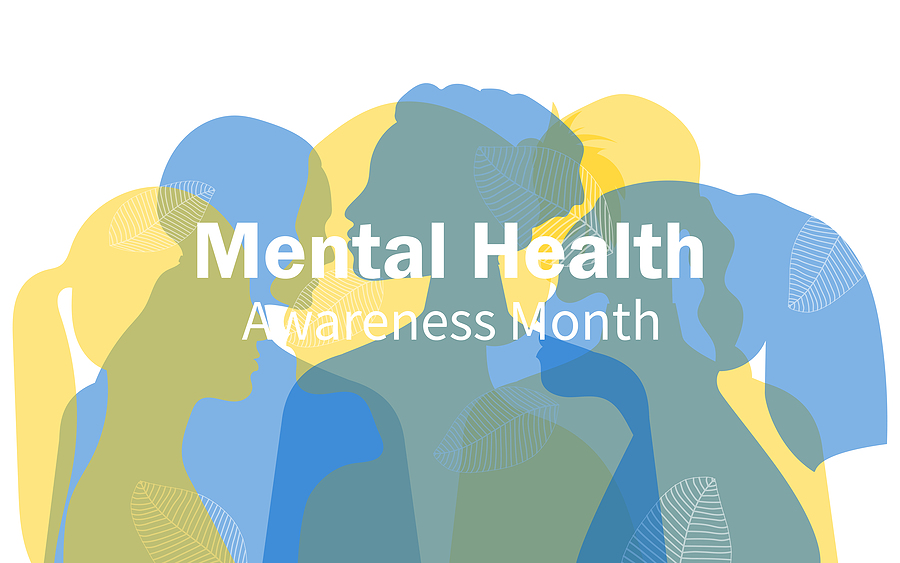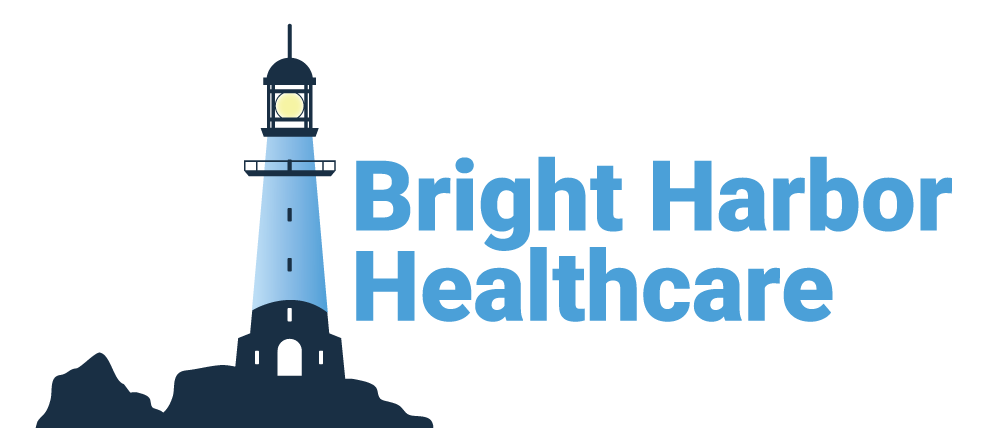Self harm is a very sensitive issue and can be very difficult to deal with. As Self Harm Awareness Month is observed in March, it’s important to understand how to help someone who self harms. We want to provide you with some useful information, insight, and tips that can help you support someone who is struggling with self harm.
Understand What Self Harm Is
Self harm is the intentional act of causing physical harm to oneself. It can take many forms, including cutting, burning, scratching, hitting, and more. Self harm is often a coping mechanism for individuals who are experiencing overwhelming emotional pain, stress, or trauma. It’s important to understand that self harm is not a suicide attempt, but it can lead to serious injury or accidental death.
Recognize the Signs of Self Harm
Recognizing the signs of self harm is the first step in how to help someone who self harms. Signs can include unexplained cuts, bruises, or burns, wearing long sleeves or pants even in warm weather, and avoiding social situations or activities that involve exposing their body. In addition, you may notice that they routinely keep to themselves, and in moments of stress or crisis, they become even more reclusive.
Listen and Show Empathy
It’s important to listen to the person without judgment and show empathy towards their situation. Self harm can be a difficult topic to discuss, and the person may feel ashamed or embarrassed about their behavior. Let them know that you care about them and want to support them. Avoid using phrases like “just stop doing it” or “you’re doing this for attention.” Approach them with understanding and patience instead.

Create a Safe Environment
Creating a safe environment for someone who is struggling with self harm is crucial. This means removing any sharp objects or items that can be used to harm themselves. However, it also means that you encourage them to talk about their feelings and provide a safe and non-judgmental space to do so. You need to create a space that is physically and emotionally safe for them to heal.
Offer Alternative Coping Mechanisms
Self harm is often used as a coping mechanism to deal with emotional pain. Offering alternative coping mechanisms can help the individual find healthier ways to manage their emotions. This can include exercise, journaling, meditation, or finding a creative outlet such as art or music. However, these actions may be easier said than done. Sometimes individuals need a little extra help to cope with their struggles. With that in mind:
Be Patient and Understanding
Helping someone who is self harming can be a long and difficult process. It’s important to be patient and understanding of the individual’s needs. Recovery is a journey, and setbacks may occur. It’s essential to continue to offer support and ultimately lead the way for professional intervention.
Encourage Them to Seek Professional Help
While providing emotional support is important, it’s essential to encourage the person to seek professional help. A therapist or counselor can help the individual learn new coping mechanisms and provide tools to deal with the underlying emotions that are causing self harm. Encourage the person to speak with their doctor, who may be able to provide a referral.

Bright Harbor Healthcare: How to Help Someone Who Self Harms
If you know an individual struggling with self harm in New Jersey, Bright Harbor Healthcare is here for them. Helping someone who is self harming can be challenging, but it’s essential to provide support and encourage them to seek professional help when they need it. Understanding the signs, creating a safe environment, and offering alternative coping mechanisms can make a significant difference in their recovery. Our compassionate team at Bright Harbor Healthcare provides countless supportive care programs along with outpatient services in order to help those who self harm. Take the first step by reaching out today. Together, we can raise awareness and provide support for those struggling with self harm.

